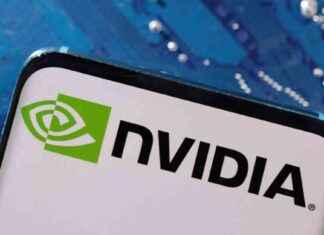- Candlestick charts are very different from traditional bar charts.
- Day-traders prefer candlestick charts because they provide a pleasant visual perception of the price.
- To apply candlestick chart analysis to your trading strategy, it is important to fully understand the components of a candle.
What is a CANDLESTICK CHART?
Candlestick charts are simply charts made up of individual candles. They can be used by traders to analyze price action. Candlestick price action is about identifying the opening and closing prices for a particular period. It also shows the highs and lows of a certain period.
Price action can give traders of all financial markets clues to trend and reversals. Patterns that occur on forex charts can indicate reversals and continuation of trends. Individual formations of candlesticks could also be formed, which could indicate market buy- or sell orders.
The trader can choose the time frame that the candle will depict. The daily time-frame is a popular one. This means that the candle will show the open, close, high and low of the day. You can forecast where the candle’s price will go by looking at its components. For instance, if the candle closes lower than it opened, this could indicate that there may be further price drops.
USE OUR INTERACTIVE QUIZ TO IMPROVE YOUR CHART PATTERNS EXPERTISE!
Our Forex Trading Patterns Quiz will test your knowledge of some of the most important trading patterns. Click on the link to take the test and improve your technical analysis skills!
INTERPRETING A CANDLE ON CANDLESTICK CHARTS
Below is an illustration of a typical candlestick. The creation of a price candles is based on three points: open, close, and wicks. First, you need to be aware of the open and close prices for candles. These are the points that indicate where an asset’s price begins and ends for a given period. They will also help to create the candle’s body. The price movement of an asset for a given period is represented by each candle. Each candle in a daily chart will show the open, close, lower, and upper wicks for that day.
Price per unit
Open price is the price that was traded at the beginning of the formation of a new candle. The candle will turn green/blue if the price trend is upwards (colors may vary depending on chart settings). The candle will turn red if the price falls.
High price:
The highest price that was traded in the given period is indicated by the top of the shadow/wick. If there is no shadow or upper wick, it indicates that either the open or close price was the highest traded price.
Low price:
The price at which the lowest price was traded is either the price at which the lower wick/shadow is located or, if none is available, the lowest price that was traded is the closing price or open price of a bullish candle.
Close Price
The closing price is the price that was traded in the final hour of candle formation. In most charting programs, the default color of the candle is red if it falls below the open price. The candle will turn green/blue if the close price is higher than the open price (depending on the chart settings).
The Wick
The wick is the next essential element in a candlestick. Also known as a shadow, it is also called a’shadow. These points are crucial as they indicate extremes in price during a particular charting period. Because they are thinner than the candlestick’s body, the wicks can be easily identified. This is where candlesticks’ strength really shines. Candlesticks are a great tool for traders to keep their eyes on the market momentum and not get distracted by price extremes.
Direction:
The color of the candlestick indicates the direction of the price. If the candle’s price closes above its opening price, the price will move upwards. The candle will be green if this happens (the chart settings determine the color of the candle). If the candle’s color is red, the close price will be lower than the open.
The range
Its range is the difference between the highest or lowest price for a candle. This can be calculated by subtracting the price at which the higher wick is priced from the lower wick. (Range = highest point – lowest point).
This knowledge and the points that indicate a candle gives traders who use a candlestick chart an advantage in identifying trendlines, price patterns, and Elliot waves.
Candlestick Chart vs. Bar Chart
The image below shows that candlestick charts have a distinct advantage over bars charts. Bar charts aren’t as visually appealing as candle charts, nor are candle formations and price patterns. It is also difficult to see which direction the price has moved because of the bars on the bar charts.







